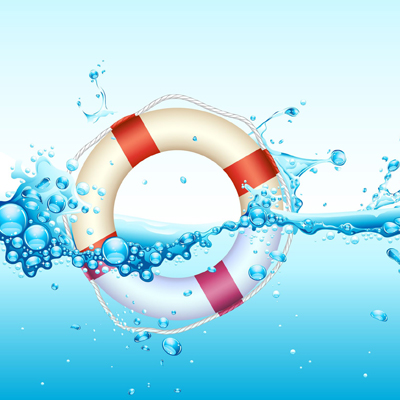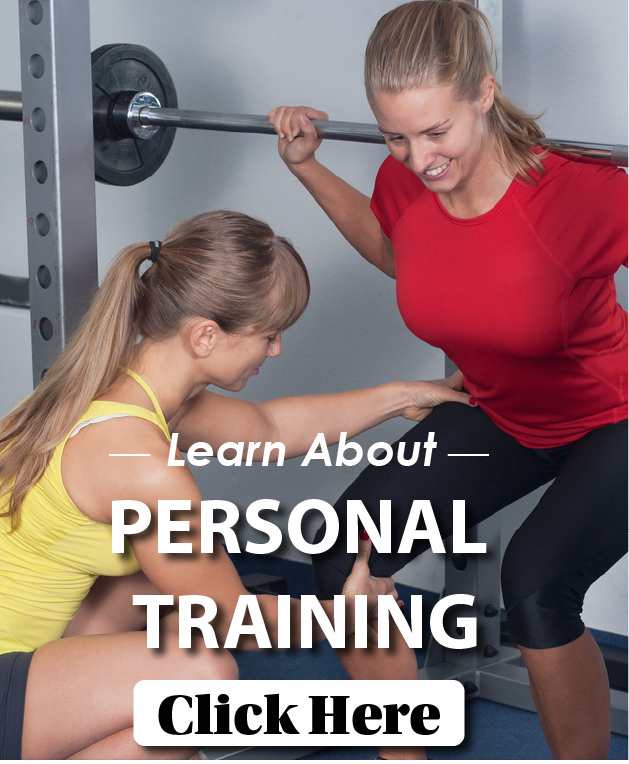Swimming Pool Safety Tips
 It’s that time of year again, safety season.
It’s that time of year again, safety season.
While swimming is one of the most enjoyable forms of exercise, and a swimming pool is like an oasis in the summertime, there are certain safety tips you should follow in order to make your swim as safe as it is invigorating.
First of all, congratulations are in order. Your decision to do some laps in the pool is one of the smartest choices you can make because swimming improves your life in every possible way. According to the Center for Disease Control (CDC) swimmers are half as likely as non-swimmers to die of chronic illness.
Yes, the aerobic workout you get from just 25 minutes in the pool can decrease your risk of illness, and is especially beneficial to people with diabetes and heart disease. Besides being more fun than sweating in a gym, water-based exercise is easier on the joints and muscles, so you can exercise longer without pain or discomfort.
And swimming pools remain one of the last bastions of fun the whole family can enjoy.
You may think you know everything about swimming pool safety, but there is more to learn than, “Don’t run around the pool.”
Here’s a look at some basic safety tips for both adult and child swimmers. Before you take the plunge, keep in mind that about 10 people die from drowning each day in the U.S., and about 30,000 swimmers are rushed to the emergency ward each year with swimming pool chemical injuries like poisoning, dermatitis and conjunctivitis.
- Check out the pool. In a clean, healthy swimming pool, you should see clearly through to the painted stripes on the bottom, you should smell no chlorine, and you should hear the hum of a filtration system pump. If you detect a strong chemical smell, the pool has poor maintenance.
- Learn how to swim. If you’re not a good swimmer, why not? It’s never too late to learn. You should also teach your children how to swim.
- Learn how to perform CPR. Life-saving skills are easy to learn and will serve you well for the rest of your life in poolside emergencies.
- Protect your skin. Refrain from sitting in the sun without a sunscreen with at least SPF 15. Remember to re-apply the sunscreen after each swim.
- Don’t run around the pool. It’s still the best advice, along with no horseplay, no gymnastic feats and no diving. Needless to say, all pools and hot tubs need to have childproof fences around them.
- Watch your kids like a hawk. .Children need to be supervised, monitored and watched every second they are in or near a pool. Death by drowning can be invisible and silent.
- Strict personal hygiene regimen. Remember to wash your hands after using the bathroom or changing diapers, and always shower before swimming.
- Bathroom breaks for kids. Take children on bathroom breaks every 45 – 60 minutes, and change diapers in a bathroom, not poolside where bacteria can wash back into the pool.
- Keep it clean. The chlorine in the swimming pool can only do so much, so avoid the pool when you have diarrhea, any communicable disease or the flu.
- Keep your mouth shut. Avoid getting pool water in your mouth because swallowing it may cause illness. Even a mouthful can make you sick.
There are 10.4 million residential swimming pools in America. With a bit of preparation and a lot of common sense, they can all be made a little safer this season.






